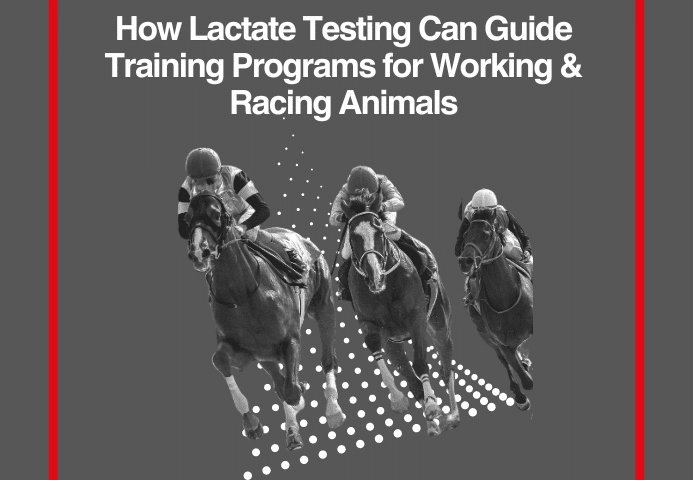As the COVID-19 lockdown imposes travel restrictions, an altitude training camp seems inconceivable this year. As an athlete in a competitive sport, training at altitude is all part of the training programme to improve your performance at sea level. But even during an altitude training camp, breathing at altitude is still going to be a challenge.

Breathing feels harder at altitude
At high altitude the air appears ‘thinner’ because the partial pressure is less than at sea-level. Whilst there is still 20.9% oxygen in the air, those oxygen molecules are further apart, making it harder for your body to breathe in oxygen. The higher you go, the less the partial pressure, making it harder to breathe. This, as a result, places a huge demand on your breathing muscles.
- You’ll feel short of breath during moderate exercise at 1,000m
- The oxygen in the air decreases by 30% at 3,000m
- You will feel shortness of breath at rest at 4,000m
- Oxygen in the air is half that at sea level when you’re at 5,500m
Breathing at altitude
In order to compensate for the less partial pressure and ‘thinner air’, your breathing muscles will have to work much more than at sea level. Training your breathing muscles to adapt to the challenges that breathing at altitude brings is possible with POWERbreathe Inspiratory Muscle Training. POWERbreathe IMT is scientifically proven to improve breathing muscle strength and stamina, reducing fatigue.
Effects of breathing at high altitude
The fall in air pressure will make it harder for you to breathe and you will start breathing more quickly too. Your heart will also be working harder. This is because it is trying to increase the flow of your red blood cells to your lungs as they cry out for oxygen. As a consequence though, this redirection means that other muscles begin to suffer and fatigue will set in. Ultimately this will affect your performance. However, by training your breathing muscles to become stronger, you will be able to delay the onset of fatigue.
Another effect on your body of the challenges of breathing at altitude, is the increase in quantity of lactic acid. This is the body’s natural response to trying to produce energy with less oxygen. It reduces the ability of your muscles to function and so too can affect your performance. However, POWERbreathe IMT can help to speed up lactate clearance. In fact, research shows that breathing against a small inspiratory load using POWERbreathe IMT immediately after exercise, reduces lactate by 16%.
POWERbreathe IMT helps you to breathe at altitude
Strengthening your breathing muscles with POWERbreathe IMT now, while in lockdown, will help you cope better with the challenges of breathing at altitude when you are able to attend a training camp. The scientific training protocol is just 30 breaths, twice a day. After just 4 weeks you will notice an improvement in your breathing muscle strength and stamina. It’s easy to fit into a daily training regimen and is also beneficial if you use it to perform an inspiratory muscle warm-up prior to training. It will also help to delay the onset of respiratory muscle metaboreflex. Finally, using POWERbreathe IMT as part of your recovery strategy will reduce lactate as soon as you stop, helping you to recover more quickly.



